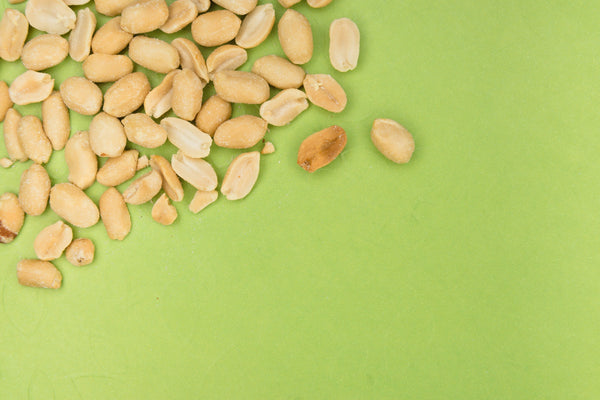The Gut-Brain-Immune Axis: What Parents Need to Know
share this article
 You have probably heard that gut health matters for digestion, but it turns out that your kid’s gut is also deeply connected to their brain and immune system. This is called the gut-brain-immune axis, and it is one of the most important systems influencing your child’s mood, behavior, focus, digestion, and overall health.
You have probably heard that gut health matters for digestion, but it turns out that your kid’s gut is also deeply connected to their brain and immune system. This is called the gut-brain-immune axis, and it is one of the most important systems influencing your child’s mood, behavior, focus, digestion, and overall health.
Here is what parents need to know about how the gut, brain, and immune system are connected and how to support this powerful axis with simple nutrition and lifestyle choices.
What Is the Gut-Brain-Immune Axis?
The gut, brain, and immune system are in constant communication. They send signals to one another through:
-
Nerves, especially the vagus nerve that runs from the gut to the brain
-
Hormones and neurotransmitters like serotonin, dopamine, and cortisol
-
Immune signaling molecules like cytokines
-
The microbiome, the community of trillions of bacteria living in the gut
When the gut is balanced and healthy, these systems support each other. When the gut is out of balance, it can lead to problems with mood, immunity, and digestion.
How the Gut Affects the Brain
-
About 90 percent of serotonin, the feel-good neurotransmitter, is produced in the gut (1).
-
A healthy gut microbiome helps regulate neurotransmitters related to mood, focus, and anxiety.
-
Gut inflammation or dysbiosis has been linked to higher rates of anxiety, ADHD symptoms, and mood challenges in kids (2).
How the Gut Affects the Immune System
-
Seventy percent of the immune system is housed in the gut.
-
A healthy microbiome helps train the immune system to respond appropriately, reducing the risk of infections, allergies, and chronic inflammation (3).
-
A damaged gut barrier or imbalanced microbiome can trigger immune dysregulation, leading to more sickness, eczema, or inflammatory issues.
How the Brain and Immune System Affect the Gut
-
Stress activates the brain’s fight-or-flight response, which can slow digestion and cause tummy aches, constipation, or diarrhea.
-
Chronic stress also impacts the immune system, increasing inflammation in the gut.
-
When the immune system is triggered by infections or allergies, it can worsen gut inflammation or digestive symptoms.
How to Support the Gut-Brain-Immune Axis in Kids
1. Feed the Gut Daily
-
Prioritize prebiotic fiber from foods like oats, bananas, beans, and onions or from supplements like Growing Up Prebiotics.
-
Include probiotic-rich foods like yogurt or kefir if tolerated.
-
Offer a variety of fruits, vegetables, and whole grains to fuel a diverse microbiome.
2. Support Immune Balance
-
Focus on nutrients like zinc, vitamin C, vitamin D, and omega-3s.
-
Prioritize hydration and minimize ultra-processed foods that disrupt the gut and immune balance.
3. Manage Stress
-
Support daily movement, play, and plenty of outdoor time.
-
Build relaxing bedtime routines that include books, cuddles, or calming activities.
-
Model emotional regulation to help kids manage their own stress responses.
Why Prebiotics Play a Key Role
Prebiotics are one of the simplest daily tools to support the gut-brain-immune axis. By feeding beneficial gut bacteria, prebiotics help reduce inflammation, support neurotransmitter production, strengthen the gut barrier, and enhance immune function (4).
Summary
The gut-brain-immune axis explains why gut health is about so much more than digestion. A well-nourished gut helps support your kid’s mood, focus, immunity, and resilience to stress.
















